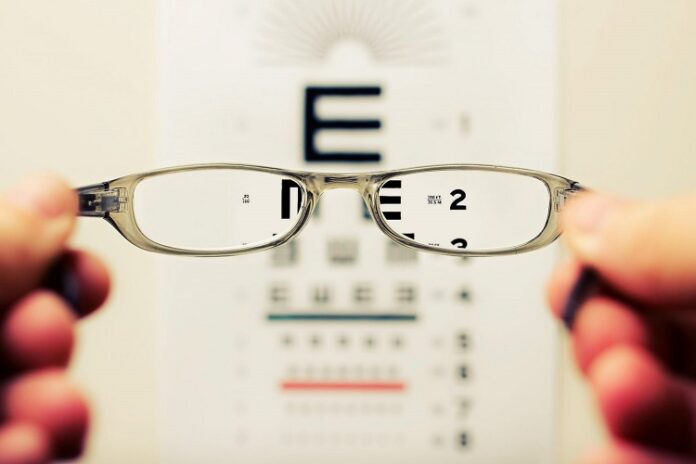According to the CDC (the U.S. Center for Disease Control), 4.2 million people under 40 in the U.S. are either blind or have low vision. The principal factor behind vision problems is aging. Cory Bergman, MD, can help you prevent and address ocular disorders. The following is an outline of the most prevalent vision problems in the U.S.
Table of Contents
Age-related macular degeneration
Age-related Macular Degeneration (AMD) is a vision problem that blur’s eye’s central vision. It affects the macular, a part of the retina that allows you to see directly in front of you. AMD is the leading cause of vision problems for people over 60.
Symptoms of AMD include:
- Dark spots at the center of your field of vision
- Distorted shapes and lines
- Challenges reading the fine print
- Problems with perceptions of color
There are two types of AMD; wet and dry macular degeneration. Wet AMD occurs when blood vessels around the macular rupture and leak blood. The fluid changes the macula, causing central vision problems.
Scientists are yet to establish the causes of dry AMD. But the consensus is that it happens when the macular tissue depletes, leading to central vision problems. Dry AMD is more prevalent than its wet counterpart, accounting for 70% of the cases.
What are cataracts?
As the lens of your eye becomes clouded, cataracts develop. It is the main contributor of avoidable eyesight issues both domestically and internationally.
The lens’s job is to gather light and concentrate it on the retina. The lens grows rigid as you age, impairing your ability to see color and making you more sensitive to light. Even while it is more common in persons over 50, it can happen to anyone at any time. Sometimes cataracts are present at birth.
One way to can prevent cataracts is to adopt a balanced diet. Antioxidants can prevent age-related lens deterioration. Quit smoking and reduce your alcohol consumption.
The lens progressively becomes denser and cloudy with time. Regular visits to an ophthalmologist can detect the early stages of the condition. If you have risk factors such as high blood pressure and obesity, your eye specialist may schedule more checkups.
What is Glaucoma?
Glaucoma happens when the function of the optic nerve is affected by a buildup of fluids in the eye. The fluid accumulates on the eye’s surface and increases the pressure inside the eye. It strains the optic nerve, connecting the eye to the brain.
The eye is continually producing a fluid called aqueous humor. Typically, the eye can drain out the aqueous humor. However, if the eye cannot efficiently drain the fluid, pressure increases, damaging the optic nerve.
Glaucoma develops gradually over a considerable period. As pressure increases, components of the optic nerve lose the ability to transmit signals to the brain. It may start as blind spots, and eventually graduate to blindness.
Early detection and treatment are crucial for preventing complete vision loss. Your ophthalmologist may prescribe medication to stop the fluid buildup. Surgery is necessary in some severe cases of Glaucoma.
To book an eye consultation, call Cory Bergman, MD, or use our online scheduling tool.







